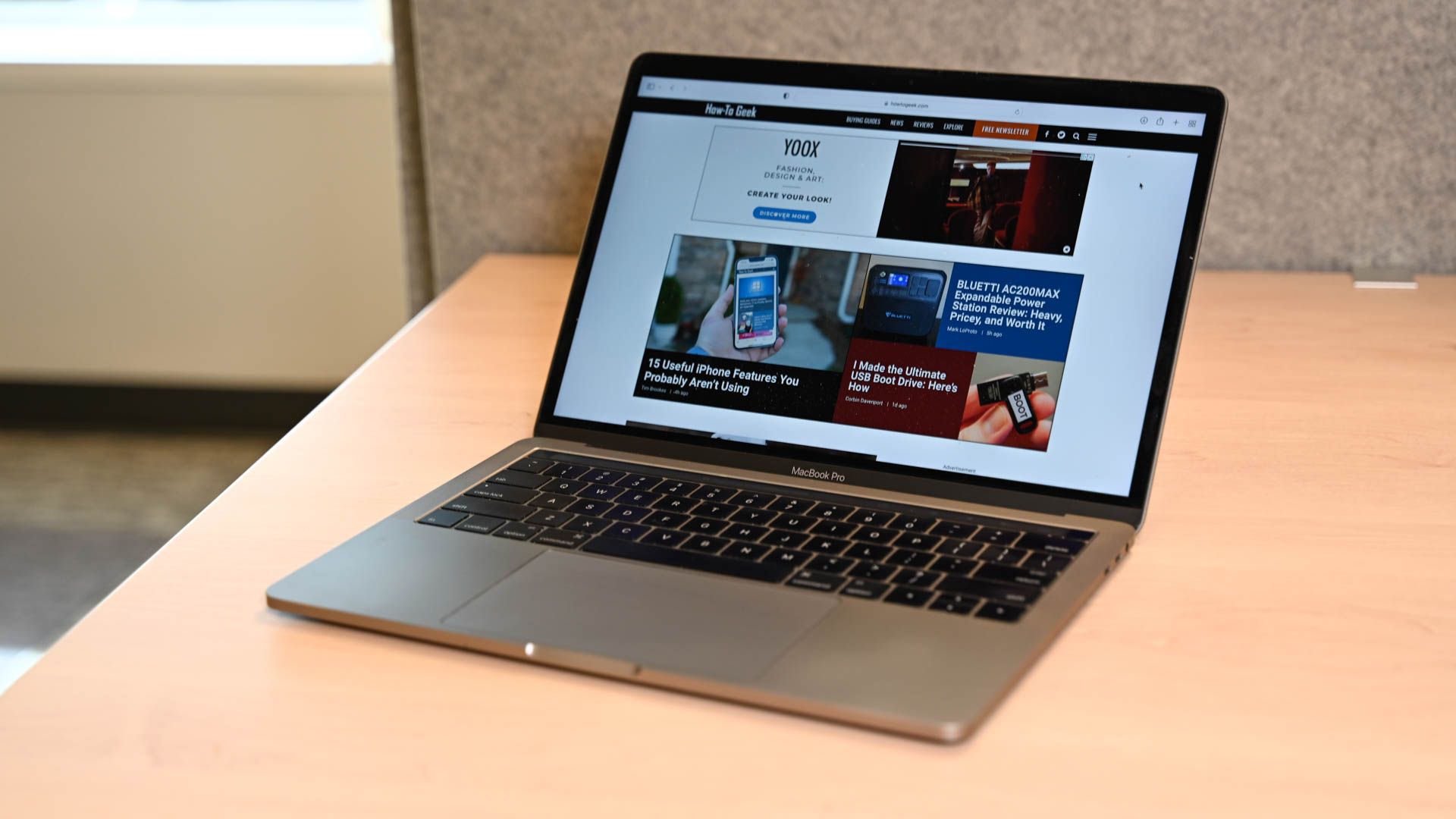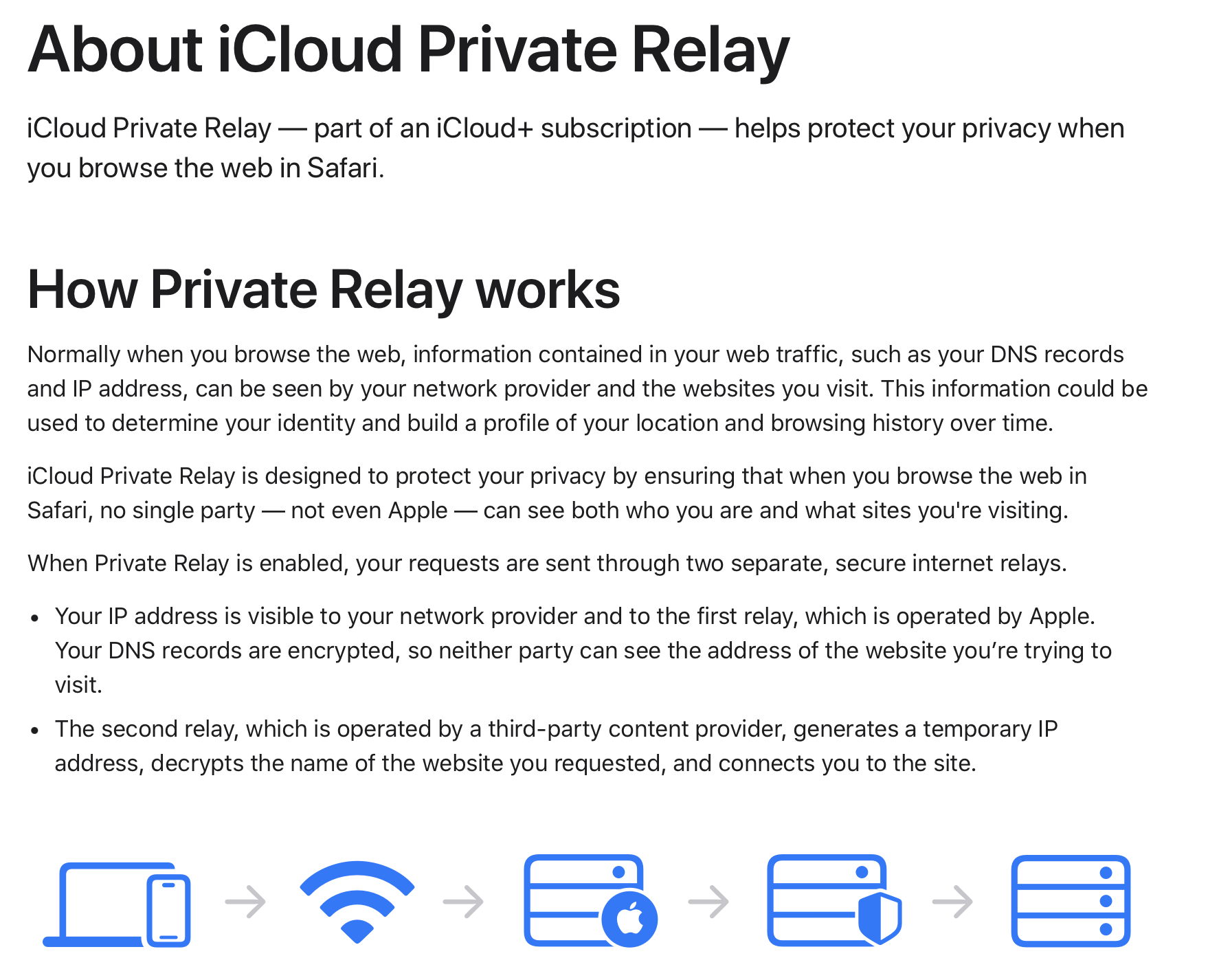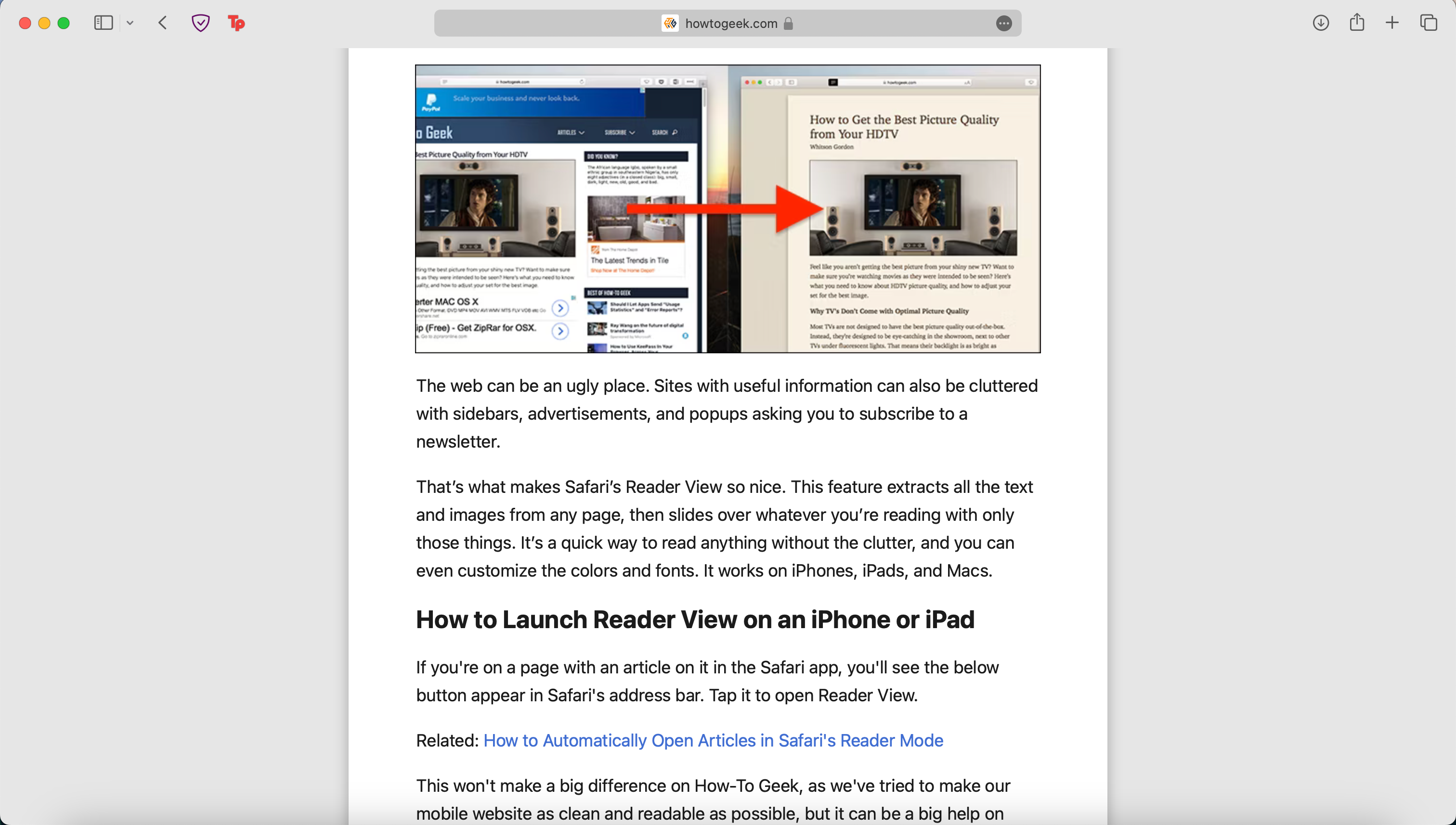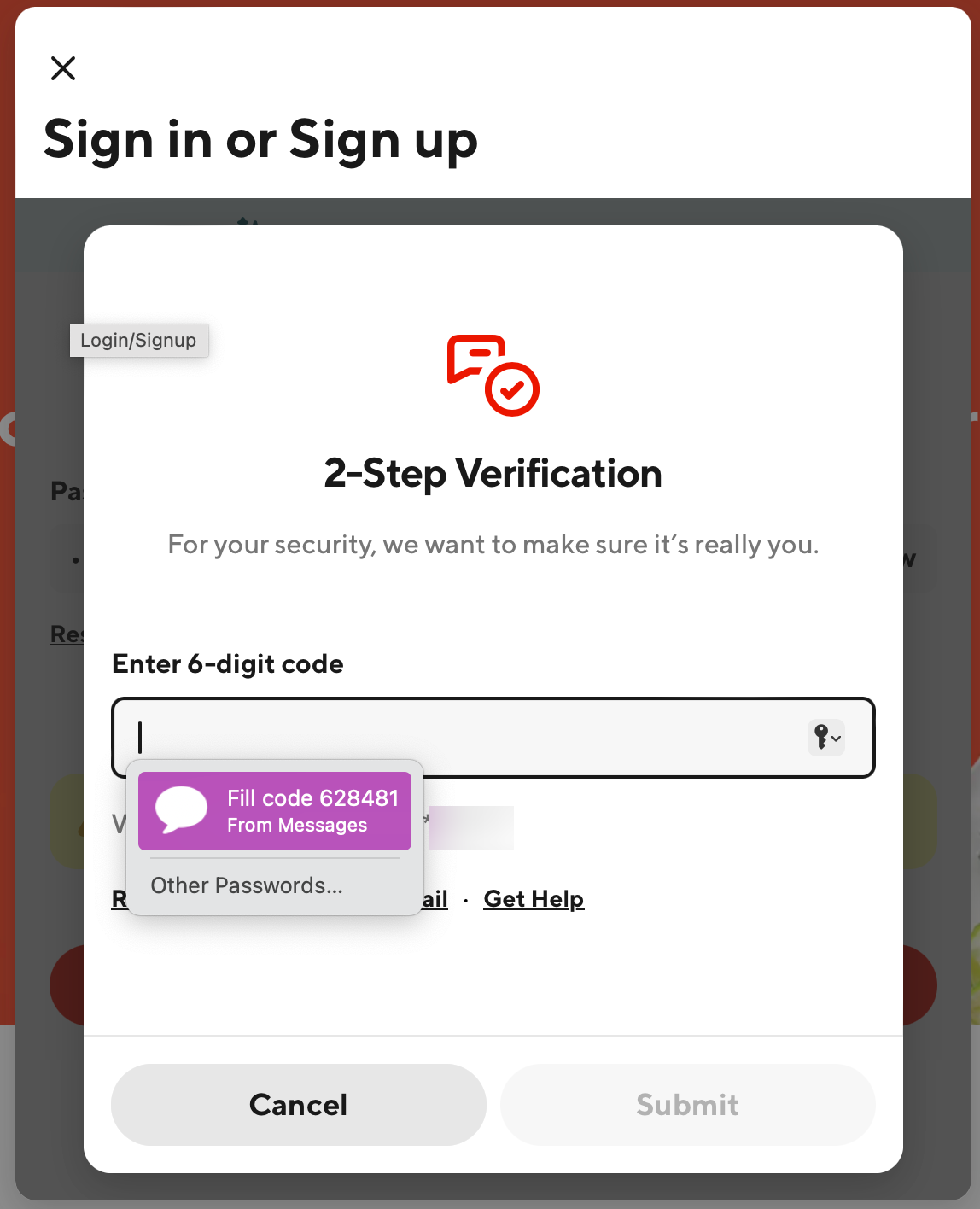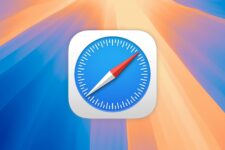
Why I Always Come back to Safari on My Mac
Key Takeaways
- Safari has significantly improved battery life compared to other browsers, making it ideal for working on the go.
- An iCloud+ subscription offers benefits that work natively with Safari like Private Relay and Hide My Email which enhance privacy and reduce spam.
- Safari’s reader mode provides a distraction-free reading experience with the convenience of syncing across devices.
It’s an exciting time for web browsers. With projects like Arc gaining mainstream popularity, I’ve had a blast trying out alternatives to Safari on my Mac to see what works best for me. But even after extensive searching, I always end up coming back to my Mac’s pre-installed, default browser.
A Huge Battery Life Improvement
Energy usage is, by far, the most significant thing that keeps me tethered to Safari. Among all the reasons to use Safari over its alternatives, the battery drain I notice when using other browsers is rough. I love having plenty of windows and tabs scattered across desktops, and though many browsers manage multiple workspaces differently, it takes a serious toll on my Mac’s battery.
As someone who likes to work in public and outside pretty often, I don’t always have access to a charger and need every drop of battery life I can get.
Though I’m sure with some tweaking I could squeeze more battery life out of my Mac when using other browsers, being confident that I won’t have to worry about excessive battery drain while using Safari is a huge plus.
Private Relay and Hide My Email with iCloud+
As someone who already pays for iCloud+ to store my cloud backups, using Safari is the best way to take advantage of the rest of the features it offers. Private Relay, included as part of an iCloud+ subscription, is a VPN-like service that adds a layer of privacy to your browsing experience.
Essentially, it encrypts data leaving your device, as well as sending it through two “relays” that assign you a random IP address (in or outside your region, depending on your settings) and then decrypts your target site’s name to send you there. Apple says that, when you use this service, no one (including Apple itself) can tell who you are and the sites you visit.
Since it’s something I’m already paying for, it’s worth it for me to stay with Safari to take full advantage of it.
The same goes for Hide My Email, a service I have come to love. As long as you have an active iCloud+ subscription, you can use it on any website’s sign-up page and Apple will automatically suggest it to you when subscribing to a mailing list or signing up for an account somewhere.
It integrates perfectly with Safari, and I almost never sign up for websites without it. Hide My Email generates a random iCloud email address to use when you sign up for websites or newsletters, then redirects received messages to your primary inbox to help you avoid spam.
These perks won’t matter to someone who doesn’t have an iCloud+ subscription, but for me personally, they definitely contribute to my Safari loyalty.
Full Apple-Pay Integration
I use Apple Pay constantly, especially because most of my spending is on my Apple Card, and using Apple Pay increases your cashback amount. That, in combination with the amount of online shopping I do, makes it a huge time-saver and a great way to get all of my shipping information at a glance.
Apple Pay is brilliantly integrated into the sites that accept it, as it automatically fills in shipping information and calculates postage cost, so you aren’t surprised by the total.
Once you’ve looked over the information Apple Pay has filled in for you, including your contact details, address, and payment method, you can push the payment through by scanning your fingerprint or entering your password. It’s a great, secure way to make online payments without any surprises.
With the release of macOS Sonoma, Apple Pay has been further integrated into other browsers and can be used on some websites. However, unlike Safari, users must scan a QR code using their iPhone to complete any Apple Pay purchases.
Reader Mode Looks Great Across Devices
Most browsers now feature some kind of reader mode. Essentially, reader views hide all unrelated content from an article or other text-based web pages, displaying only the text and relevant images at the forefront.
With the amount of clutter that tends to be on websites these days, it massively improves the reading experience and helps mitigate distractions. Though other web browsers also have reader views, Safari’s is my favorite and one I use almost every day.
Not only do I think it provides just enough customization and compatibility with different websites, but what really pushes it over the edge for me is how well it works across devices. I read plenty of web articles, and being able to pick up where I left off on a different device, reader mode and all, is a massive plus.
Autofill SMS Verification for Easy Sign-Ins
This is a subtle one, but I miss it every time I try to use another browser. Plenty of websites require you to enter a code sent to your phone to sign in as a form of two-factor authentication. While I appreciate the security benefits, I tend to leave my phone elsewhere when I’m working, and can’t always access it.
On Safari, as long as you have text message forwarding enabled, you can auto-fill the code the same way as you can on your iPhone.
Is it really that hard to go into the Messages app and copy the code? Not at all. But not having to do so has become second nature for me, so I can’t get used to a browser that doesn’t have the feature.
Should You Switch Back to Safari, Too?
I’m not convinced that Safari is the right browser for everyone. I love the way Arc browser looks and feels, and I know that Chrome is used more commonly and enjoys better compatibility with web apps. But for me, the quality of life improvements I get with Safari and the features I’ve grown attached to (not to mention the massively improved battery life) will keep me using it for the foreseeable future.
